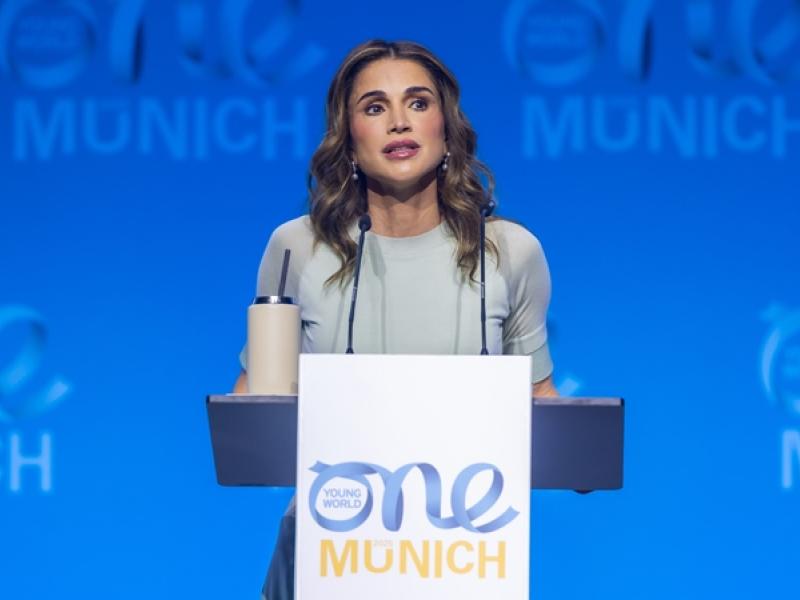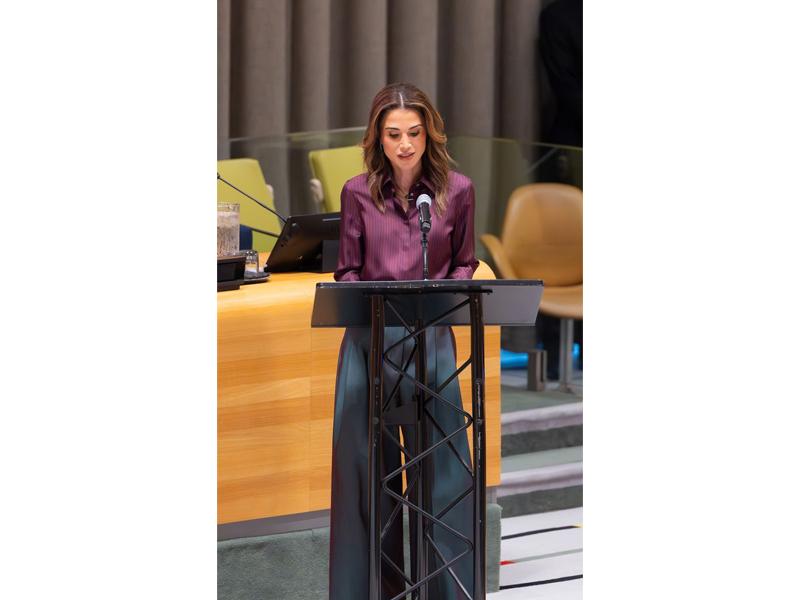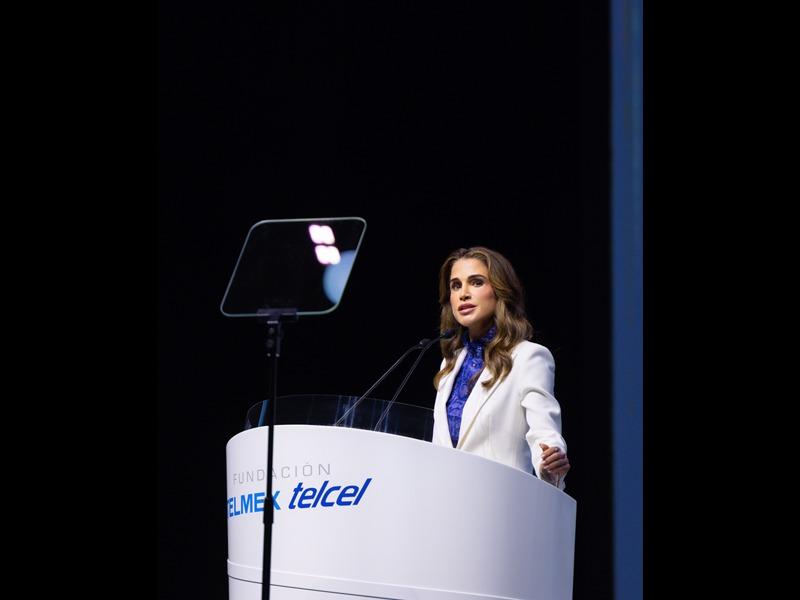Excellencies, ladies and gentlemen…
Thank you for inviting me to this important meeting to help us rethink the current aid architecture.
This week, global leaders will evaluate our progress towards meeting the MDGs. But those of us here know that in 2010, our record of patchy progress means it’s already too late to achieve all eight.
Funding everything from poverty reduction to childhood diseases and more, only through traditional aid avenues, is, well, overwhelming…and, let’s be honest, not meeting expectations.
Someone once told me that, “Money never starts an idea. It’s always the idea that starts the money.”
Well, I have an idea!
You see, I was always taught that when you had a huge problem, you should break it up into smaller pieces, and tackle it one chunk at a time.
So, I want you to think about this chunk: MDG 2, universal primary education, and MDG 3, gender equality and women’s empowerment. On the one hand, they represent a quarter of the MDGs, on the other, they represent the whole.
Because if every child around the world was in school…and every woman and girl was educated and active in their communities…then 2+3 could underpin success in all other development challenges.
Like poverty: when women and girls earn income, they reinvest 90% of it into their families, versus just 30%-40% for men.
Like disease: if every child was in school today, we’d prevent 7 million cases of HIV in the next decade.
Like maternal mortality: educated girls are more likely to delay marriage and less likely to get pregnant young, reducing their risk of dying in childbirth.
So, my idea is that: 2+3 equals 8. Now, to the small matter of money…
The financing gap, alone, to provide basic education to children in low income countries is $16 billion annually. But current donor funding and promises amount to less than a third of that.
With no beanstalk in sight, and no ability to turn five beans into the $11 billion shortfall, I believe, innovative financing can be a large part of the answer.
Not, I stress, as a replacement to ODA , but as an additional resource.
Not, as a substitute, but rather as a supplement.
So, I’d like to thank the Leading Group for their pioneering work in exploring innovative financing solutions, including education bonds, and the financial transaction tax - which could yield more than $30 billion annually for development.
Now, I’m not greedy, I don’t want all of it for education! But 2+3 makes me think that education deserves a sizeable chunk…
Because, unlike the climate change catastrophe which draws crowds…and the health crisis which courts media attention, education’s an emergency unfolding virtually unnoticed by all. All except the 70 million out-of-school-children, and the 300 million receiving sub-standard education worldwide.
That’s why, going forward, education must remain front and centre in our discussions…and why our two taskforces must keep talking.
And as we adapt to this new aid architecture…let’s open ourselves to fresh opportunities… let’s work with new and emerging donors…and let’s partner with unlikely people (you’ve got a queen on board for a start!)
So, ladies and gentlemen, that’s my idea…will you start the money?!
Thank you very much.
Media Taxonomy Menu
Media Taxonomy Menu
Queen Rania's Speech at Innovative Financing for Education Conference - NY, USA



